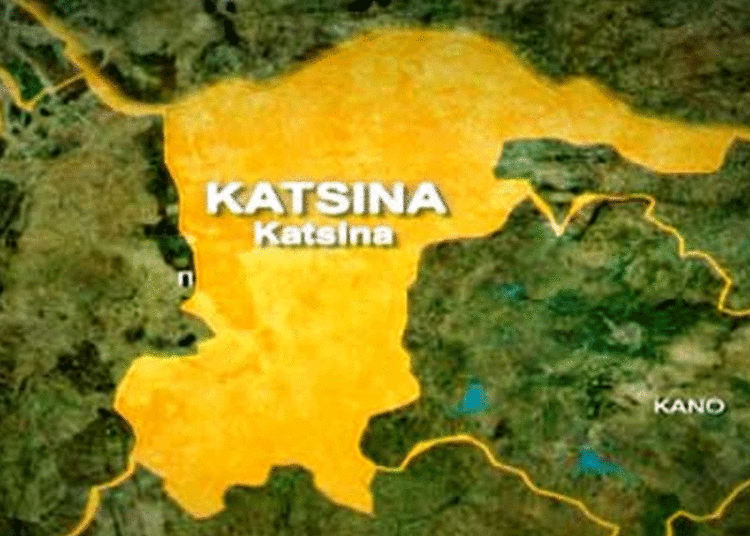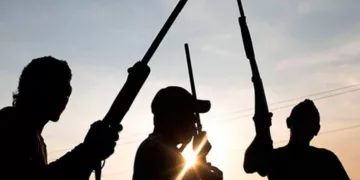Katsina State’s one-day stakeholder engagement on reforming the Almajiri and Islamiyya system, held on September 22, 2025, represents a commendable step in tackling a longstanding national blight. Convened by Governor Dikko Umaru Radda, the forum brought together religious leaders, parents, government agencies, development partners, and stakeholders to examine the system’s challenges and propose context-specific solutions. With Katsina grappling with high out-of-school rates, poverty, and insecurity, the event emphasised the need for an Almajiri census to inform evidence-based planning, participatory model development, and legislative reforms.
This initiative not only builds on local dialogues from July 2025 but also invites a broader review of the progress of Almajiri education across Northern Nigeria. Federal interventions, such as those through commissions like the National Commission for Almajiri and Out-of-School Children Education (NCAOOSCE), deserve scrutiny for their impacts, alongside a Strengths, Weaknesses, Opportunities, and Threats (SWOT) analysis to inform lessons and pathways forward. As Nigeria contends with over 18 million out-of-school children, predominantly in the North, Katsina’s approach offers valuable insights for nationwide adoption.
Progress on Almajiri reforms in Northern Nigeria has been incremental yet fraught with hurdles. Since the Universal Basic Education Act of 2004 mandated the integration of traditional Quranic schools into formal education systems, states have experimented with models that blend religious and secular curricula. In 2025, NCAOOSCE intensified efforts, registering thousands for mainstreaming and partnering with states like Yobe, which allocated N750 million for Almajiri infrastructure. Kano’s revitalisation in July 2025 enrolled 5,000 in hybrid schools, while Bauchi’s model schools provided vocational training. Federal programmes like the Better Education Service Delivery for All (BESDA) have reached over 1.5 million children since 2018, resulting in a reduction in begging in pilot areas. However, enrolment remains low, with only marginal decreases in the 10 million Almajiri population, according to UNESCO estimates.
Impact assessments of federal interventions reveal mixed results. NCAOOSCE, established in 2019 and revamped in 2022, has built over 100 model schools nationwide, integrating 18,670 teachers into mainstream systems by June 2025. Yet, evaluations by the International Rescue Committee and ResearchGate highlight failures in enrolment due to resistance from Mallams, who view reforms as diluting Islamic traditions. In Sokoto and Kano, cultural attitudes prioritising religious over secular education have stymied progress, with poverty forcing parents to send children away as “insurance” against old age. The commission’s N1.5 billion 2025 budget has funded certifications at institutions like Federal University Dutsinma, but implementation gaps, such as underutilised funds and poor coordination, have limited reach. A 2025 Anti-Slavery International report notes that without addressing child labour ties, reforms perpetuate exploitation.
A SWOT analysis underscores the system’s complexities. Strengths include its cultural embeddedness and potential for moral education, as noted by Katsina stakeholders, who recognised its role in character building. Weaknesses encompass vulnerability to begging, health risks, and lack of formal skills, turning Almajiri into a “time bomb” for insecurity, per the Northern Elders Forum. Opportunities lie in integration, such as Dutsinma’s certification programme, which fosters employability, or BESDA’s vocational add-ons. Threats include conflict displacing schools in Borno, climate shocks such as floods in Adamawa, and policy discontinuities, as seen in past failed efforts due to funding shortages and planning deficits.
Contrasting Katsina’s proactive stance with Borno’s crisis illuminates regional disparities. Katsina’s emic approach, which identifies failure factors such as rapid social changes and large families, proposes a state commission and unified laws for Tsangaya schools. This could reduce the number of out-of-school children, estimated at 1.5 million in Katsina. In Borno, however, insurgency and September 2025 floods have displaced two million children, destroyed makeshift schools and exacerbated the 2.2 million Northeast IDPs. Yobe’s N750 million allocation pales in comparison to the security threats, leaving reforms stalled. Social media sentiments reflect frustration, with users questioning why successful models like Kano’s are not scaled to crisis zones.
Lessons from Katsina and national efforts are instructive. Participatory dialogues yield buy-in, avoiding top-down pitfalls that bred resistance. Federal interventions must prioritise coordination, as NCAOOSCE’s successes in teacher integration show potential when funded adequately. SWOT insights suggest leveraging strengths through hybrid curricula while mitigating threats via safe schools’ initiatives. Ways forward include nationwide replication of Katsina’s census for data-driven planning, allocating 15 per cent of state budgets to education, and partnering with NGOs for vocational training. The federal government should enforce the Universal Basic Education Commission (UBEC) integration mandate, addressing poverty through conditional cash transfers to discourage child migration.
Katsina’s engagement signals hope, but national inertia risks deepening the Almajiri divide. By embracing these lessons, Nigeria can transform a cultural asset into an educational powerhouse.





